Bagan-era successor states: Buddhist continuities and regional transformations in Myanmar
The fall of the Bagan Empire in the late 13th century marked a decisive turning point in Burmese history. Following centuries of political centralization and religious flourishing under Bagan’s Theravāda Buddhist kings, the empire fractured under the pressure of Mongol invasions and internal instability. The collapse of centralized rule did not, however, signal the end of Burmese Buddhism. Instead, it ushered in a period of regional fragmentation during which Buddhist institutions adapted to new political landscapes and continued to serve as vital cultural and religious anchors.

Kyawswa I depicted as the Nga-zi Shin Nat. Kyawswa I was king of Pinya, reigning from 1344 to 1350. His six-year reign briefly restored unity in southern Upper Burma although his authority over his southernmost vassals remained largely nominal. He is often depicted in Burmese folklore as a nat (spirit) associated with the Nga-zi Shin Nat, a guardian spirit of the land. His biography reflects the complex interplay between political authority and religious devotion in post-Bagan Myanmar. Source: Wikimedia Commonsꜛ (license: public domain)
In this post, we explore the fate of Theravāda Buddhism in the centuries following Bagan’s decline, focusing on the successor states that emerged in Upper Myanmar such as Myinsaing, Pinya, Sagaing, and Ava. We investigate how Buddhist monastic networks persisted and evolved in decentralized settings, how temple and artistic traditions were sustained or transformed, and how textual learning and ritual life were maintained in the absence of imperial patronage. Drawing on epigraphy, art history, and local historiography, we examine the resilience of Burmese Buddhism and the ways it responded to a changing political order.
Historical background
After the fall of the Bagan Empire, the political landscape of Upper Myanmar underwent significant changes. The once-unified kingdom fragmented into smaller, often competing polities, each vying for control over territory and resources. This period of disunity was characterized by a series of regional kingdoms that emerged in the wake of Bagan’s decline, including Myinsaing, Pinya, Sagaing, and Ava.
The decline of Bagan
The Bagan Empire entered a period of terminal decline in the late 13th century, largely triggered by external invasions and internal structural weaknesses. The Mongol incursions into Southeast Asia under the Yuan dynasty reached Upper Myanmar in the 1270s, culminating in military defeats for Bagan and the eventual withdrawal of Mongol forces after the death of King Narathihapate. Although the Mongols did not occupy Bagan permanently, their campaigns destabilized royal authority and exposed the fragility of centralized control.
Internally, the empire had already begun to fragment under the weight of its own administrative and economic structures. The proliferation of tax-exempt religious estates, often managed by powerful monasteries, had eroded the fiscal base of the state, weakening its capacity to maintain bureaucratic and military institutions. The death of Narathihapate in 1287 marked the effective end of Bagan as a unified polity, and the imperial capital lost its role as the uncontested center of political and religious life.
Political landscape after Bagan
In the aftermath of Bagan’s collapse, power devolved to a series of smaller, often competing polities that rose to prominence in Upper Myanmar. The Myinsaing Kingdom, established in the late 13th century, was among the first to consolidate control over central Burma, followed by the sequential emergence of the Pinya and Sagaing kingdoms. By the 14th century, the Kingdom of Ava had become the dominant regional power, attempting to reassert some measure of unity and centralization.

Left: Myinsaing Regency c. 1310. Source: Wikimedia Commonsꜛ (license: CC BY-SA 3.0) – Right: Pinya kingdom c. 1350. Source: Wikimedia Commonsꜛ (license: CC BY-SA 4.0)
These successor states were marked by fluctuating borders, dynastic rivalries, and frequent capital relocations, reflecting both political instability and the difficulty of restoring Bagan’s scale of administration. Nevertheless, each polity engaged in royal sponsorship of religious institutions and infrastructure, signaling a continuity in the integration of kingship and Buddhism, albeit on a more localized and fragmented scale.


Left: Sagaing kingdom c. 1350. Source: Wikimedia Commonsꜛ (license: CC BY-SA 4.0) – Right: Ava c. 1450. Source: Wikimedia Commonsꜛ (license: CC BY-SA 3.0)
Religious continuity and monastic networks
The fall of Bagan did not lead to the collapse of Theravāda Buddhism in Upper Myanmar. Instead, the saṅgha (monastic community) adapted to the new political realities, maintaining its central role in Burmese society and culture. The following sections explore how monastic networks persisted and evolved in the post-Bagan period.
Survival of Theravāda institutions
Despite the collapse of centralized imperial rule, Theravāda Buddhism persisted as a defining feature of Burmese religious life in the post-Bagan period. Monastic communities remained active, drawing upon deeply rooted ordination lineages and established doctrinal traditions. The continuity of monastic ordination, ensured through intra-regional networks and occasional revalidations from foreign centers such as Sri Lanka, helped preserve doctrinal integrity and clerical legitimacy even in politically unstable times.

The Nan Oo Pagoda of Myinsaing. The Theravāda Buddhist pagoda was constructed alongside the Myinsaing Palace in commemoration of the Burmese victory over the Mongols in 1301. It is one of the oldest pagodas in Myanmar. Source: Wikimedia Commonsꜛ (license: CC BY-SA 4.0)
Lay support for the saṅgha continued to be robust. Local rulers, village elites, and merchants all contributed to the upkeep of monasteries and temples through donations of land, labor, and materials. The tradition of dāna (generosity) and merit-making practices sustained a vibrant lay-monastic relationship, with local temples functioning as centers of moral instruction, education, and community identity. While lacking the grand scale of Bagan’s royal patronage, these local systems enabled the ongoing vitality of Theravāda institutions across the region.

Inside view of the Umin Thonze Pagoda in Sagaing. The Umin Thonze Pagoda is a Buddhist temple located on the Sagaing Hill, near Mandalay. It features a crescent-shaped colonnade with 45 Buddha images and is a popular pilgrimage site. The pagoda was founded by King Tarabya I (r. 1327–1335/36) of Sagaing. It was renovated in 1643 and in 1723. In 1838, the pagoda was essentially destroyed by a major earthquake. King Pagan Min (r. 1846–1853) rebuilt the pagoda, completing it in 1847. It has a cave with 45 seated Buddha images arranged in a curved formation and behind them decorated with sparkling glass-works. Source: Wikimedia Commonsꜛ (license: CC BY-SA 2.0)
Pilgrimage, merit, and local shrines
The sacred geography established during the Bagan era retained its religious significance throughout the period of regional fragmentation. Major temples and stūpas in Bagan, such as Ananda and Shwezigon, remained active pilgrimage sites. Pilgrims continued to visit these sites for merit-making, festival observances, and votive offerings, creating a form of spiritual continuity that outlasted political disunity.
Alongside this enduring reverence for Bagan’s monuments, local cults and new regional religious circuits emerged. Smaller shrines and monastery complexes became focal points for local devotion, often centered around relics, reputedly miraculous images, or associations with charismatic monks. These developments reflect the localization of Buddhist practice, as religious life became increasingly integrated with village and township identities. Thus, while the geography of power shifted, the geography of Buddhist merit and ritual remained both resilient and adaptive.
Intellectual and scriptural transmission
Textual preservation and monastic education
In the centuries following Bagan’s collapse, the transmission of Theravāda Buddhist texts and the preservation of scholastic traditions remained a cornerstone of religious life in Upper Myanmar. Despite the absence of centralized state sponsorship, regional monasteries maintained a lively culture of manuscript production, textual memorization, and oral instruction. Monks continued to copy and preserve Pāli scriptures on palm-leaf manuscripts, often in beautifully rendered script and housed in lacquered repositories. These manuscripts formed the basis for continued study of the Vinaya (disciplinary code), Sutta (discourses), and Abhidhamma (philosophical treatises).
Monastic education was decentralized, but many monasteries developed reputations as local centers of learning. Novices were trained in recitation, interpretation, and moral discipline, often using texts passed down within particular lineages. Although there were occasional losses or local interruptions in ordination lineages, the intellectual foundations of Theravāda scholasticism remained relatively stable. In this context, the monastery served not only as a religious institution but also as a site of cultural continuity, safeguarding both sacred texts and ethical instruction for the laity.
Influence from abroad
Theravāda Buddhism in post-Bagan Myanmar remained connected to broader Southeast Asian networks, particularly through its long-standing relationship with Sri Lanka. These connections were maintained through periodic missions, exchanges of relics and scriptures, and the re-establishment of monastic ordination lineages when they were perceived to be in decline. Such re-ordination efforts helped reaffirm orthodoxy and ensure consistency with established Theravāda norms.
In addition to Sri Lanka, interactions with Lan Na (northern Thailand), Ayutthaya, and other regional polities enriched local Burmese traditions. The transmission of texts across these regions facilitated shared commentarial traditions and stylistic affinities in manuscript art and scholastic terminology. These exchanges highlight the permeability of religious boundaries in mainland Southeast Asia and the role of Burmese monastics as both preservers and contributors within a broader regional Buddhist ecumene.
Regional architectural and artistic trends
Architectural and artistic traditions in post-Bagan Myanmar were shaped by the legacy of Bagan’s monumental temples and stupas, but they also reflected local adaptations and innovations. The following sections explore how the architectural landscape evolved in the successor states, as well as the artistic expressions that emerged during this period.
Influence of Bagan legacy
The architectural legacy of Bagan continued to exert a strong influence on the built environment of post-imperial Myanmar. While the scale and grandeur of Bagan’s monumental brick temples were rarely replicated in full, their structural forms, decorative programs, and spatial symbolism were adapted by the successor states. In cities like Ava, Pinya, and Sagaing, temple construction followed familiar patterns: square and cruciform shrines with central sanctums, receding terraces, and spired superstructures echoed Bagan’s stylistic repertoire.
Old Pinya site. Source: Wikimedia Commonsꜛ (license: CC BY-SA 3.0)
The use of brick and stucco remained prevalent, and so did the emphasis on axial symmetry and ritual procession space. Many temples incorporated seated Buddha images in niches and featured inscriptional panels describing the donor’s merit, reinforcing the continuity of architectural function as both a ritual and commemorative space. This adherence to Bagan’s idioms provided a visual language of religious legitimacy that newly emerging courts could deploy to assert their cultural inheritance and Buddhist authority.
Local variation and innovation
Despite their reliance on Bagan prototypes, the new centers of temple construction introduced localized innovations. The relative decline in centralized wealth and royal resources led to a shift toward smaller-scale structures and more modest monastic compounds. These community-based monasteries, often constructed with a combination of brick, wood, and thatch, were embedded within villages and small towns, reflecting a more intimate and decentralized pattern of religious life.

Ruins of the former capital Ava, Mandalay Division, Burma. Source: Wikimedia Commonsꜛ (license: CC BY-SA 2.0)
Artistically, regional motifs began to emerge. Decorative elements such as floral stucco reliefs, wooden finials, and painted murals displayed regional tastes and evolving aesthetic preferences. In some instances, local patrons commissioned artwork that depicted indigenous legends, moral parables, or miraculous deeds of local monks, suggesting a growing vernacularization of Buddhist imagery. The result was a diverse architectural landscape in which the ideals of Bagan were filtered through new economic, geographic, and cultural lenses.
Political patronage and Buddhist authority
The relationship between political authority and Buddhist institutions in post-Bagan Myanmar was complex and multifaceted. While the successor states lacked the centralized power of Bagan, they still sought to legitimize their rule through Buddhist patronage and the endorsement of monastic authorities. The following sections explore how this dynamic played out in the context of regional politics.
Buddhist legitimacy in successor courts
In the fragmented political environment of post-Bagan Myanmar, rulers of regional polities continued to draw upon Buddhist symbolism and institutions to assert their legitimacy. The concept of kingship as a source of merit and protector of the saṅgha was retained, even as the scale of state sponsorship diminished. Royal patronage of monasteries, the commissioning of religious texts, and the organization of public festivals served as visible markers of piety and political authority.
Successor courts in Ava, Sagaing, and other centers supported the preservation of relics and the construction of new stūpas to link their rule to sacred geographies. These acts functioned not only as expressions of faith but also as strategic assertions of continuity with the Bagan past. Patronage of textual projects, including vernacular adaptations of Pāli literature and the sponsorship of commentarial works, helped rulers cultivate reputations as learned and virtuous kings. Through these efforts, Buddhist institutions remained closely intertwined with political agendas.
Monks as mediators and advisors
Senior monks played influential roles in shaping the relationship between rulers and the broader monastic community. Esteemed abbots were often called upon to mediate disputes, interpret doctrinal matters, and advise on matters of statecraft. Their moral authority and education lent them credibility as cultural brokers and legitimizers of royal policy.
Monastic figures also facilitated diplomatic contact between rival courts or foreign polities. By maintaining relationships with monasteries in Sri Lanka or Lan Na, Burmese monks acted as conduits for religious and intellectual exchange. Their roles in consecrating kings, blessing military campaigns, or organizing communal festivals reflected the deeply embedded position of the saṅgha within the political life of the successor states.
Thus, even in an era of diminished central power, the alliance between throne and robe remained a fundamental organizing principle of Burmese Buddhism.
Conclusion
The centuries following the fall of Bagan were marked not by religious collapse but by continuity, resilience, and transformation. Although the political landscape fragmented into a mosaic of competing regional powers, Theravāda Buddhism retained its central role in shaping Burmese identity and governance. Monastic institutions persisted through localized support, maintaining doctrinal lineages, preserving sacred texts, and sustaining ethical education.
Even without a centralized state, the saṅgha adapted fluidly to changing political and economic conditions. Monks acted as cultural mediators, advisors, and community leaders, while lay patrons, from local rulers to village donors, ensured the continuation of merit-making traditions. The ritual, architectural, and intellectual legacies of Bagan were creatively reinterpreted and re-grounded within new regional contexts.
This period illustrates how Burmese Buddhism operated not only as a doctrinal tradition but also as a flexible and locally embedded social institution. Its persistence across centuries of upheaval affirms the adaptive power of religious systems and offers insight into how sacred geographies and textual communities sustain themselves beyond the rise and fall of empires.
References and further reading
- Aung-Thwin, Maitrii, A history of Myanmar since ancient times: Traditions and transformations, 2013, Reaktion Books, ISBN: 978-1780231723
- Aung-Thwin, Michael A., The mists of Rāmañña: The legend that was Lower Burma, 2005, University of Hawaii Press, ISBN: 978-0824828868
- Lieberman, Victor, Burmese administrative cycles: Anarchy and conquest, c. 1580–1760, 2016, Princeton University Press, ISBN: 978-0691640716
- Braun, Erik, The birth of insight: Meditation, modern Buddhism, and the Burmese monk Ledi Sayadaw, 2013, University of Chicago Press, ISBN: 978-0226418575
- Jordt, Ingrid, Burma’s mass lay meditation movement: Buddhism and the cultural construction of power, 2007, Ohio University Press, ISBN: 978-0896804579
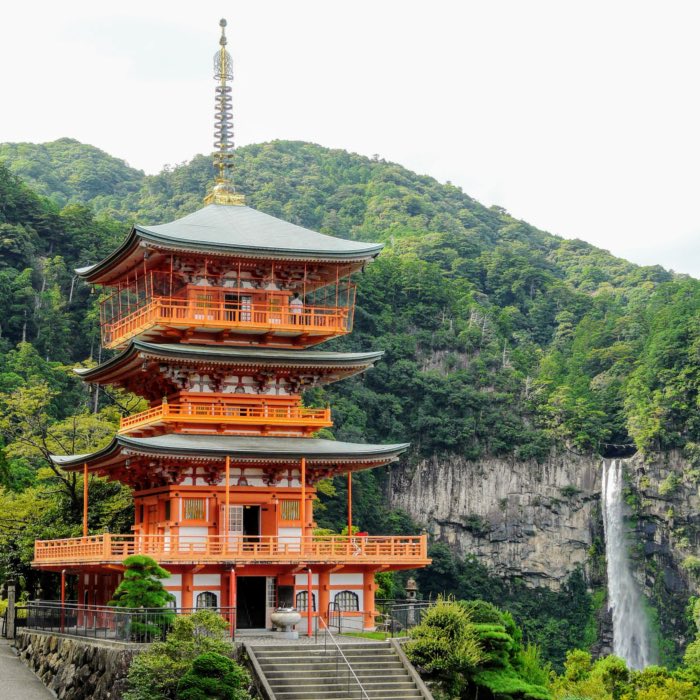
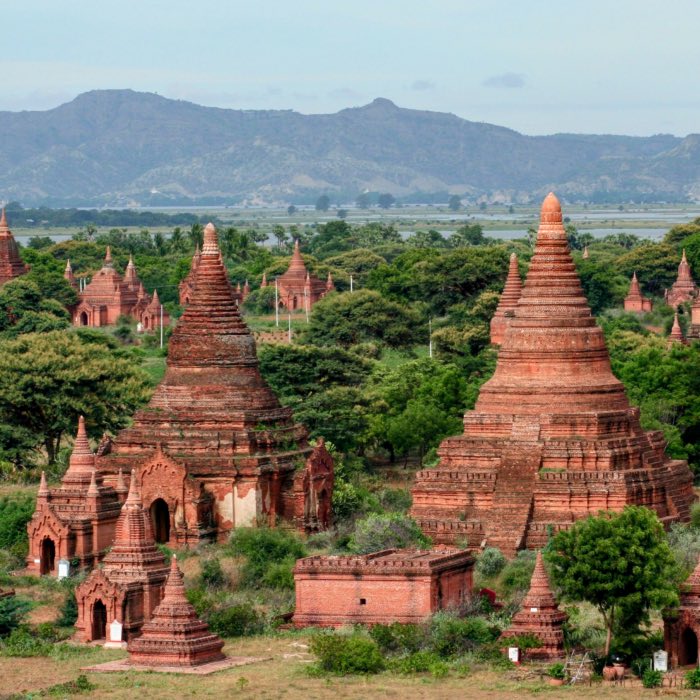
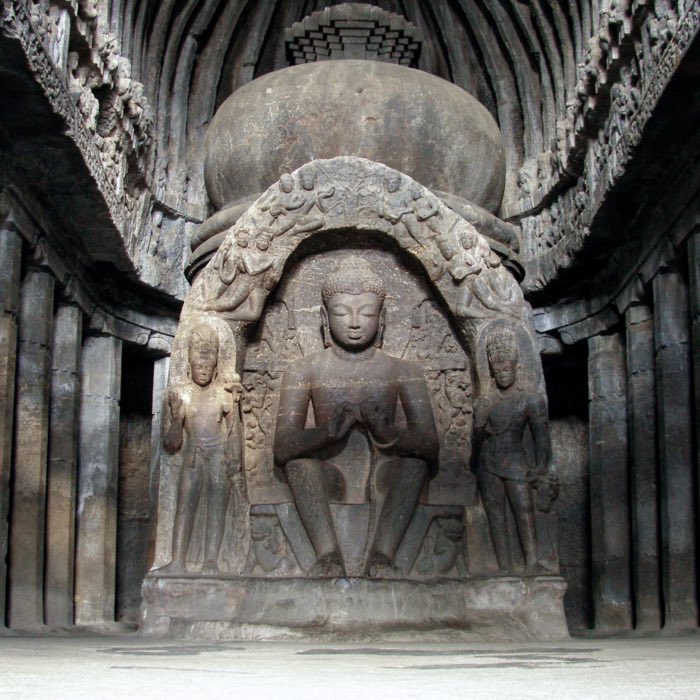
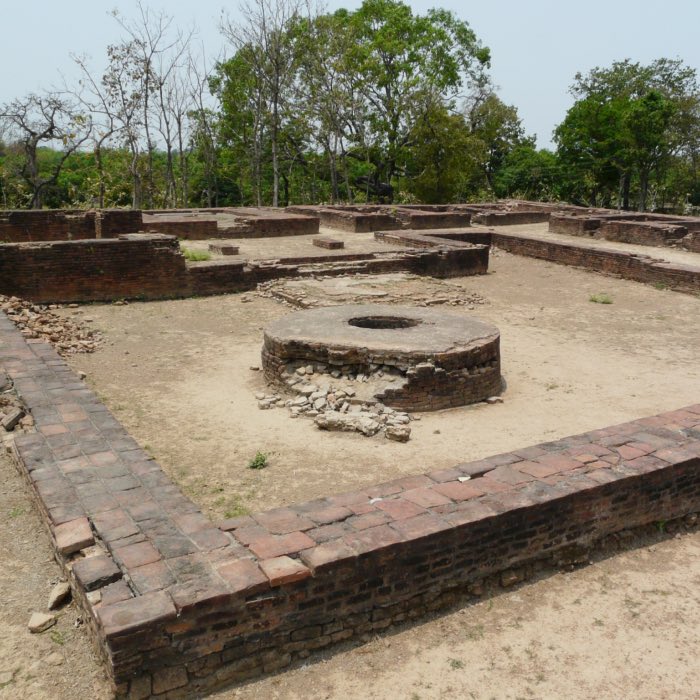


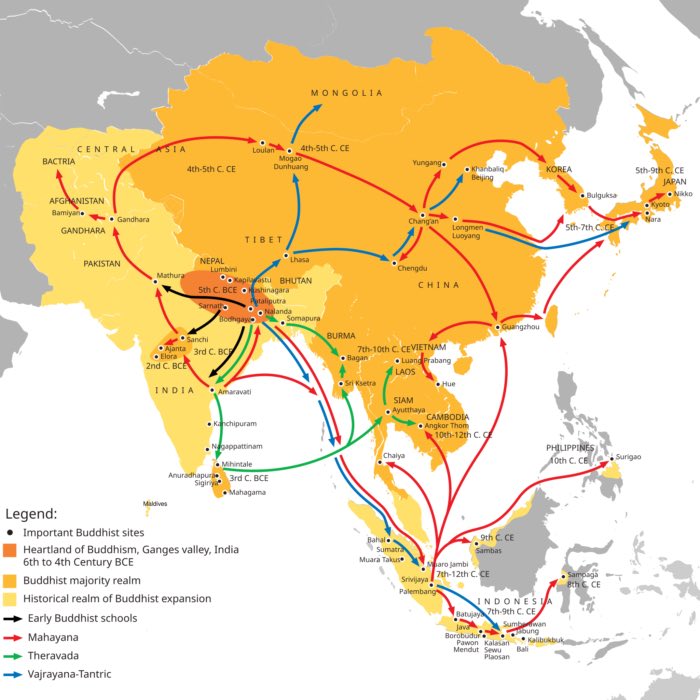
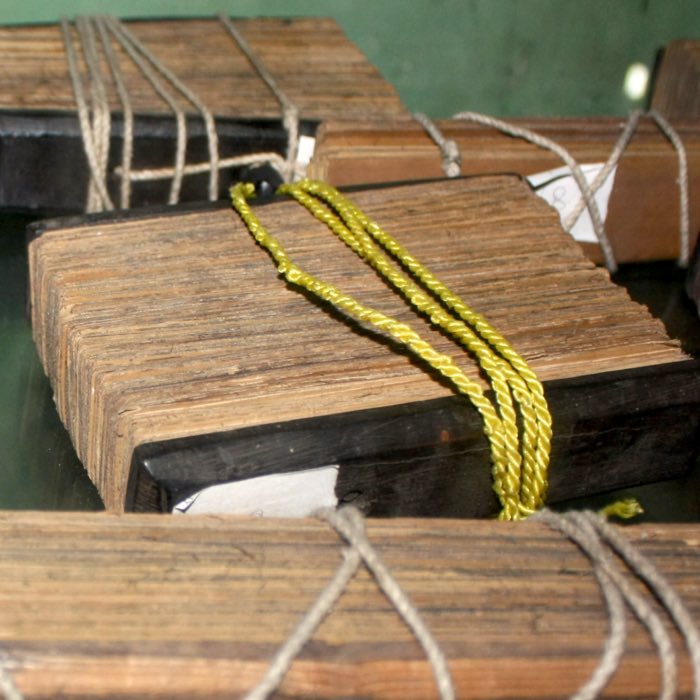
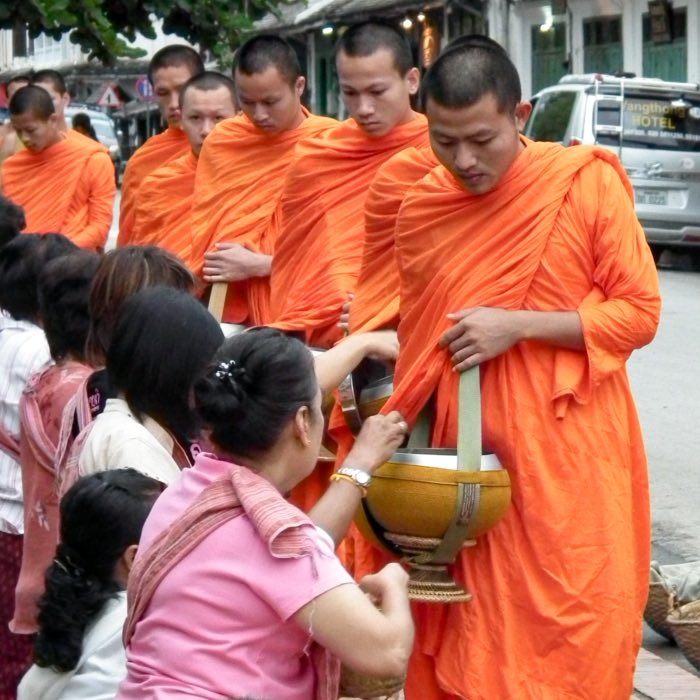
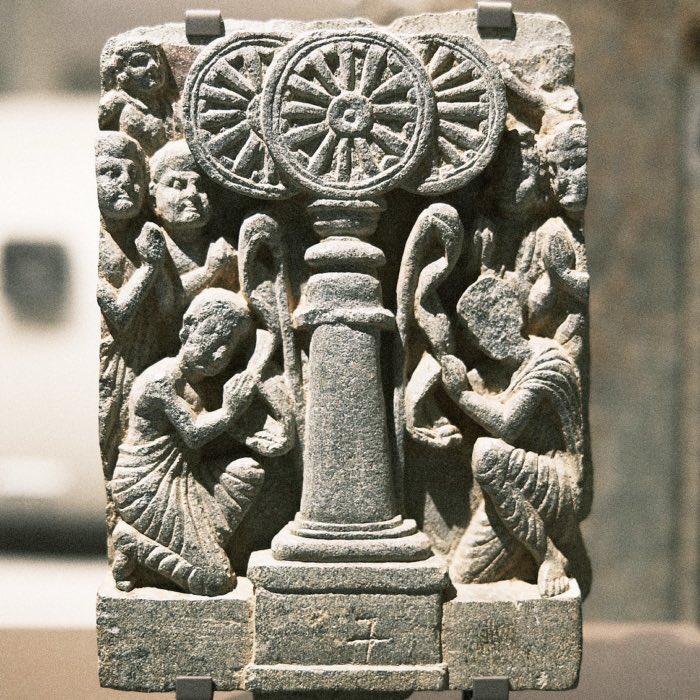
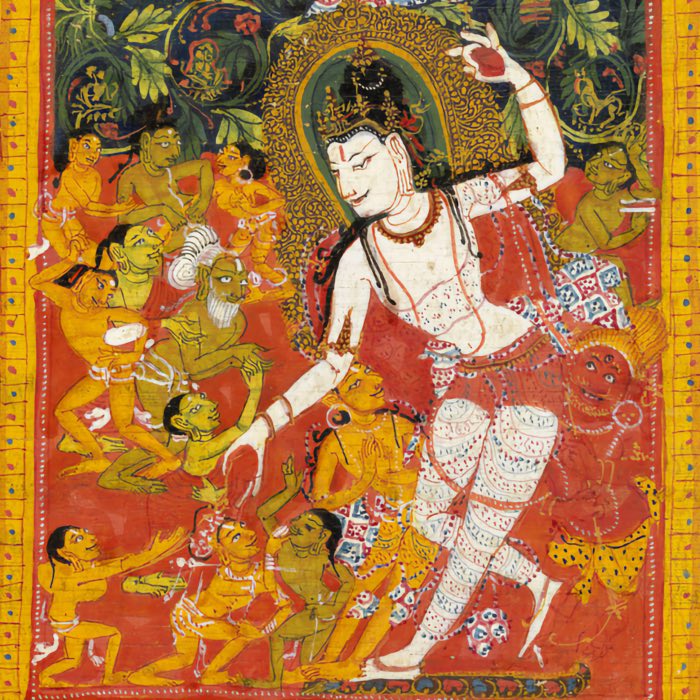
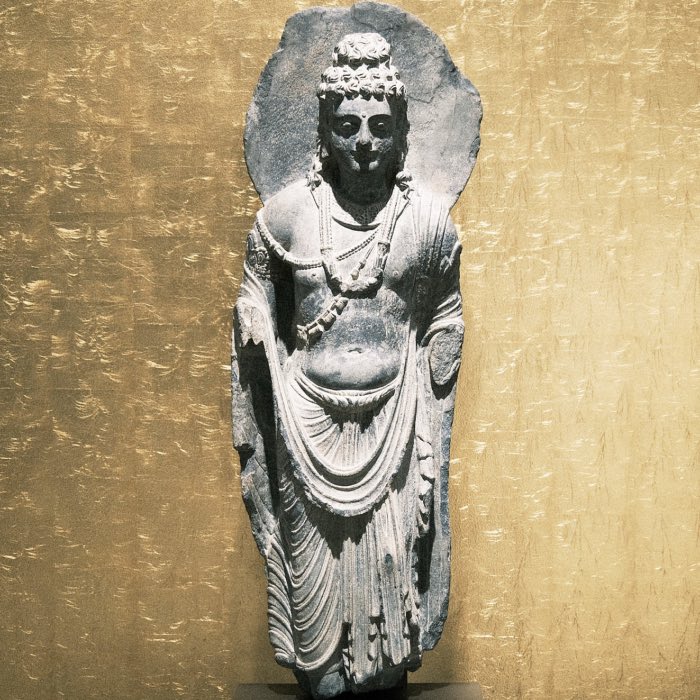



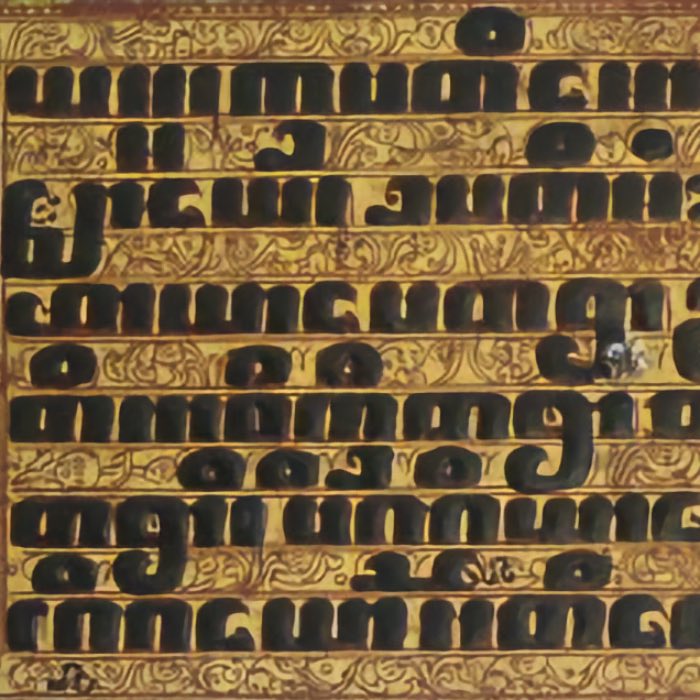
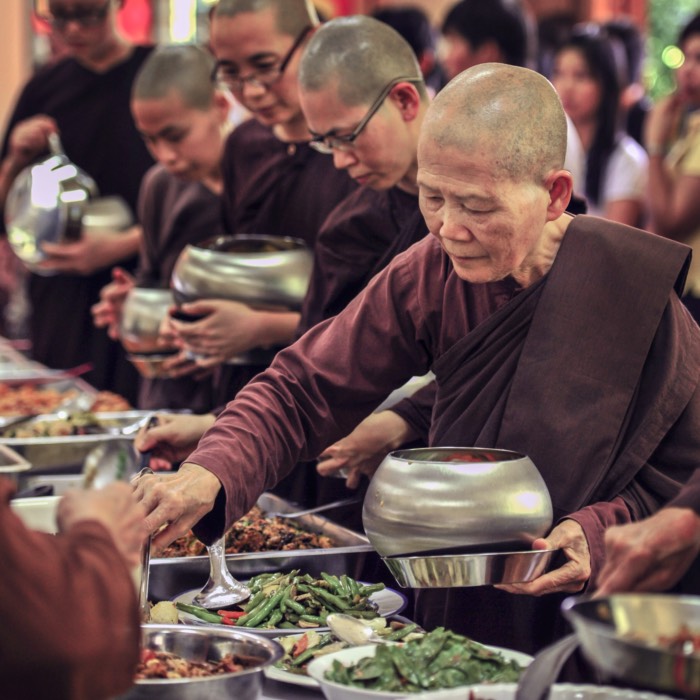
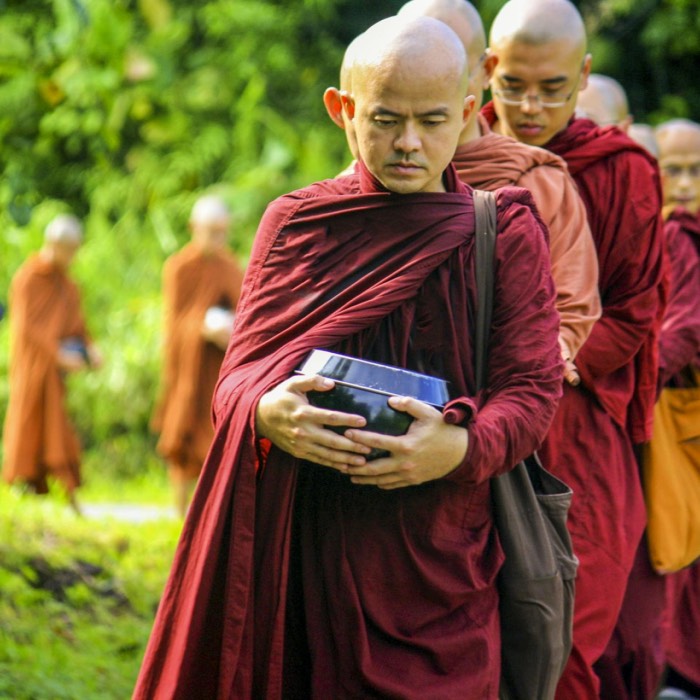
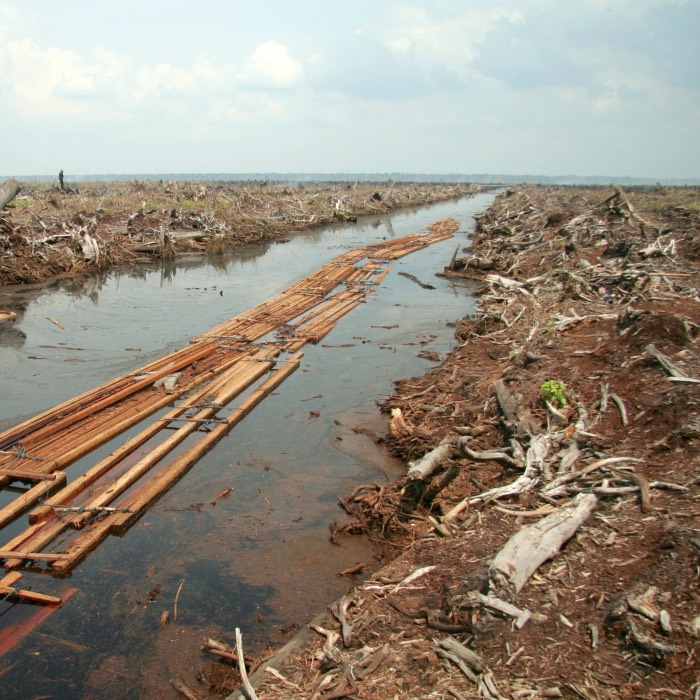



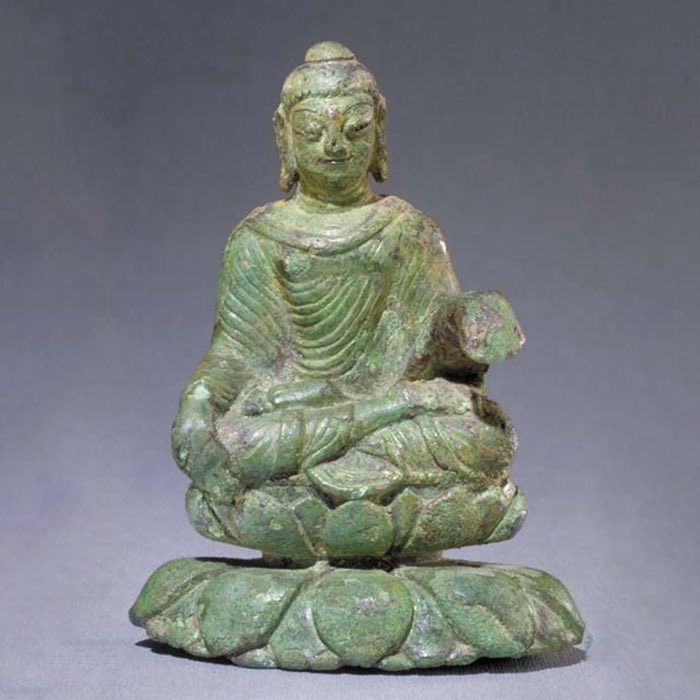

comments